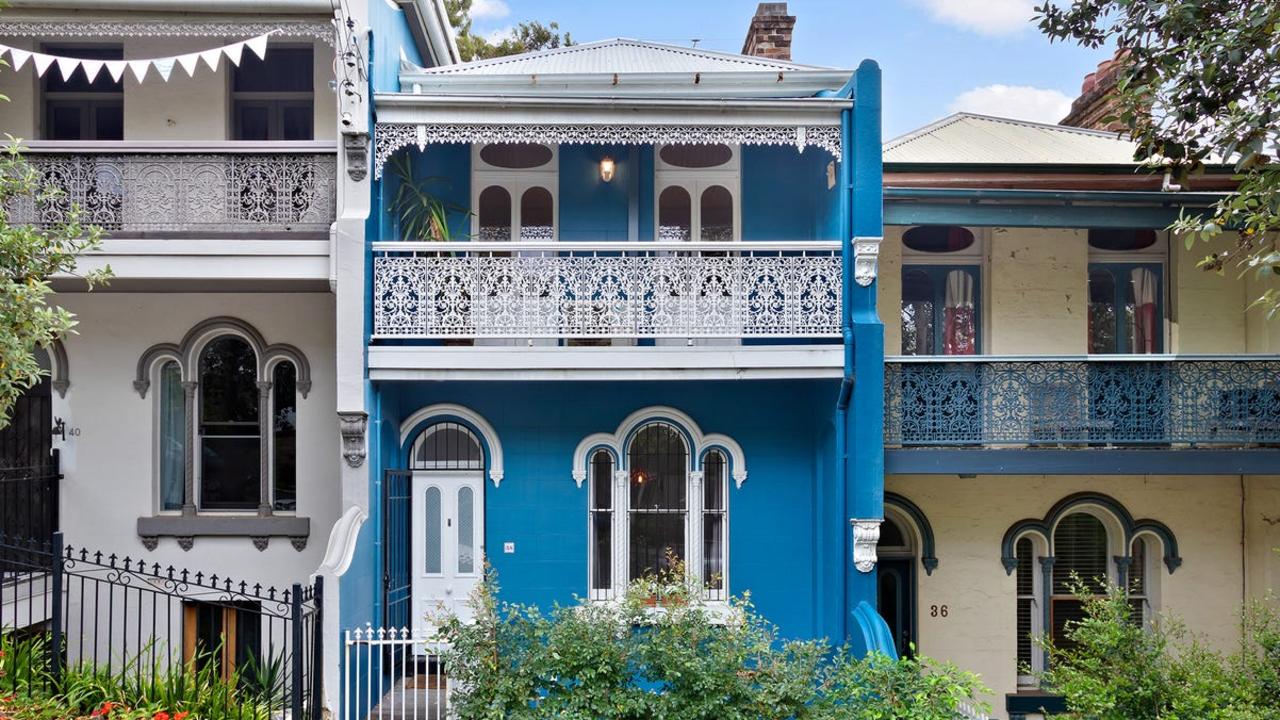Fresh concerns for Stockton Beach as east coast low fails to deliver “rain bombs” to Hunter
The east coast low may have yet to appear in the Hunter in all its fury, but one of the region’s most famous beaches is again battling survival.

Newcastle
Don't miss out on the headlines from Newcastle. Followed categories will be added to My News.
The deep breaths exhaled as the Hunter dodged the forecast “rain bomb” from the dangerous east coast low swirling off the coast were met with gasps as roaring king tides combined to raise fresh concerns of more erosion on the famous Stockton Beach.
The damaging mix of the huge swells and large tides on Thursday morning were enough for water to crash into the barriers being used to try and stem the almost relentless push of the ocean to claim some of the eastern sides of Stockton.
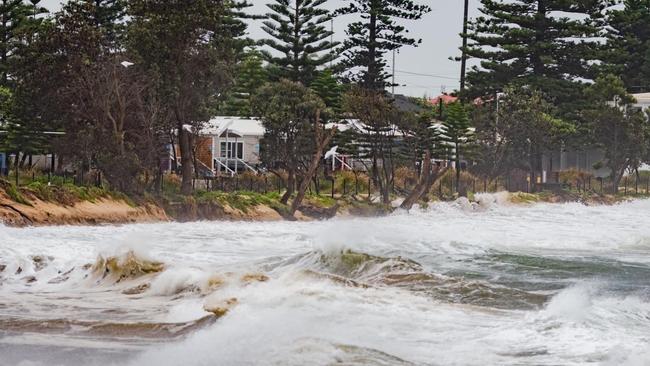
Images from Stockton resident Justin Martin show parts of the southern end of the beach being breached by sea water at the height of the tides.
“It’s just devastating to see more and more of the coastline being taken every time there is a weather event,” Mr Martin said.
“More preventive action needs to be taken instead of the wait and react approach.
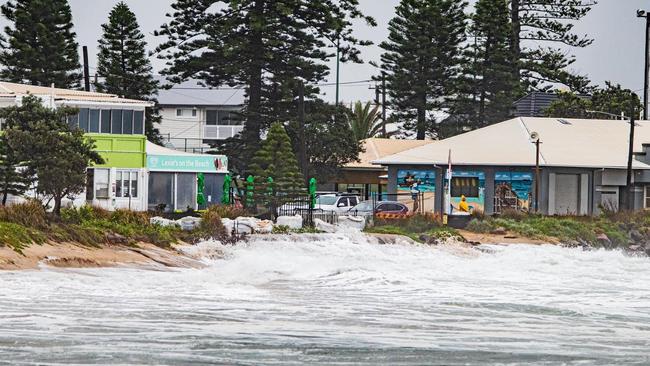
The latest fears came after Newcastle City Council had reported that the low offshore posed fresh risks to Newcastle’s coastline and the council had “implemented safety precautions in preparation”.
The Stockton Beach savagery was in contrast with the forecast “rain bombs” that were expected for parts of the Hunter on Thursday as the menacing east coast low slowly moved southeast and hit the coast north of Port Stephens.
The State Emergency Service said there had been 35 call-outs for assistance across Newcastle and Maitland, while crews at Lake Macquarie and Port Stephens were also kept busy.
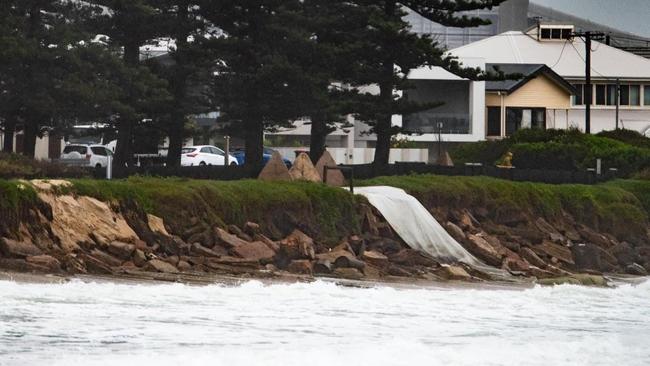
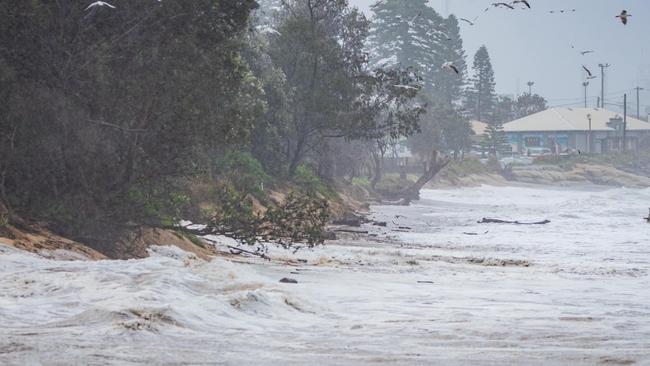
Most of the call-outs were for leaking roofs, although a spokesman warned of the threat of falling trees out of the water-soaked earth if winds picked up.
Nobbys Head recorded over 30mm for the six hours from 9am on Thursday to go with the 22mm recorded in the 24 hours from Wednesday morning.
Dungog (67mm) and Mount Barrington (71mm) received the most rainfall across the Hunter in the six hours from 9am on Thursday.
Medowie Road at Campvale had been closed in both directions after water damaged its surface, while a range of rural roads were also closed.
The Williams, Paterson, Lower Hunter, Upper Hunter and Hunter rivers were all reported to be rising but still below minor flooding levels at 4pm on Thursday.
Very heavy surf has also led to localised damage and coastal erosion likely along the coast of Forster and to the south before it eases on Thursday morning, with east-facing beaches most at risk.
There is also heavy rain and damaging winds forecast for Gosford, Newcastle, Dungog and Maitland, with the SES reporting some heavy localised storms around Seal Rocks but no widespread danger to the community.
For the latest information, visit the Bureau of Meteorology website here.



